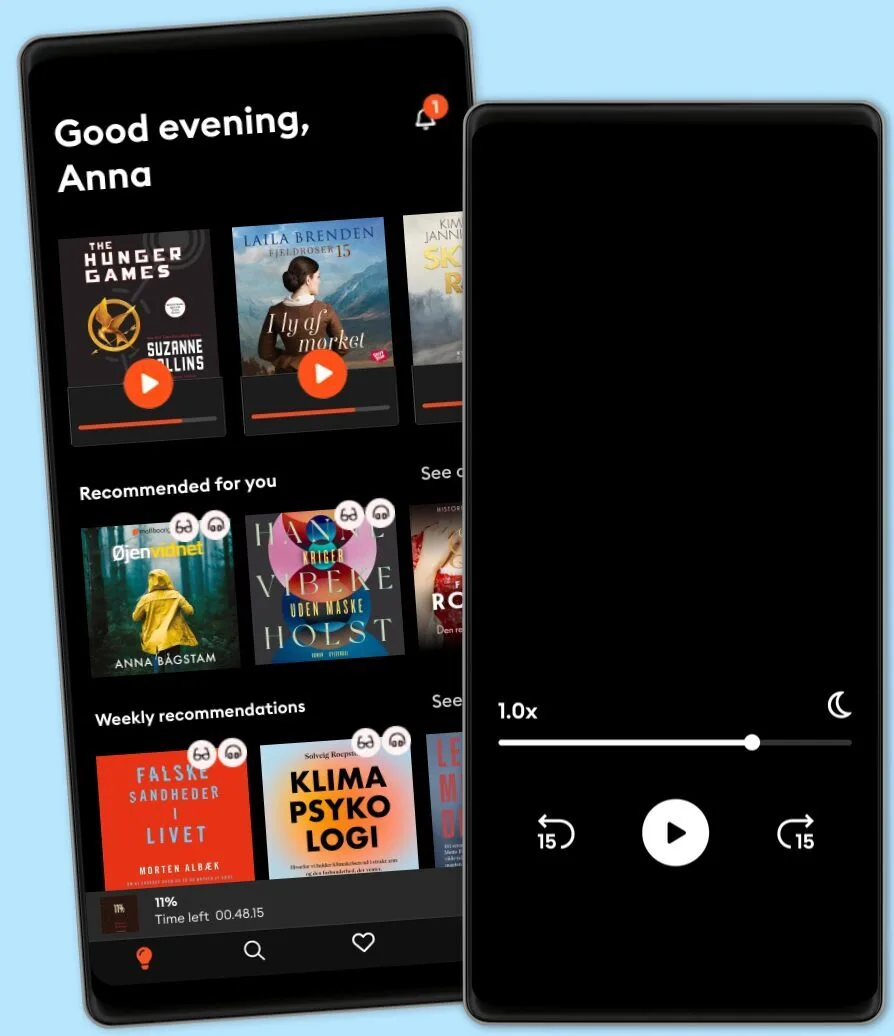Lyt når som helst, hvor som helst
Nyd den ubegrænsede adgang til tusindvis af spændende e- og lydbøger - helt gratis
- Lyt og læs så meget du har lyst til
- Opdag et kæmpe bibliotek fyldt med fortællinger
- Eksklusive titler + Mofibo Originals
- Opsig når som helst

Yellow Fever, Race, and Ecology in Nineteenth-Century New Orleans
- Af
- Forlag
Through the innovative perspective of environment and culture, Urmi Engineer Willoughby examines yellow fever in New Orleans from 1796 to 1905. Linking local epidemics to the city’s place in the Atlantic world, Yellow Fever, Race, and Ecology in Nineteenth-Century New Orleans analyzes how incidences of and responses to the disease grew out of an environment shaped by sugar production, slavery, and urban development.
Willoughby argues that transnational processes—including patterns of migration, industrialization, and imperialism—contributed to ecological changes that enabled yellow fever–carrying Aedes aëgypti mosquitoes to thrive and transmit the disease in New Orleans, challenging presumptions that yellow fever was primarily transported to the Americas on slave ships. She then traces the origin and spread of medical and popular beliefs about yellow fever immunity, from the early nineteenth-century contention that natives of New Orleans were protected, to the gradual emphasis on race as a determinant of immunity, reflecting social tensions over the abolition of slavery around the world.
As the nineteenth century unfolded, ideas of biological differences between the races calcified, even as public health infrastructure expanded, and race continued to play a central role in the diagnosis and prevention of the disease. State and federal governments began to create boards and organizations responsible for preventing new outbreaks and providing care during epidemics, though medical authorities ignored evidence of black victims of yellow fever. Willoughby argues that American imperialist ambitions also contributed to yellow fever eradication and the growth of the field of tropical medicine: U.S. commercial interests in the tropical zones that grew crops like sugar cane, bananas, and coffee engendered cooperation between medical professionals and American military forces in Latin America, which in turn enabled public health campaigns to research and eliminate yellow fever in New Orleans.
A signal contribution to the field of disease ecology, Yellow Fever, Race, and Ecology in Nineteenth-Century New Orleans delineates events that shaped the Crescent City’s epidemiological history, shedding light on the spread and eradication of yellow fever in the Atlantic World.
© 2017 LSU Press (E-bog): 9780807167762
Udgivelsesdato
E-bog: 13. december 2017
Tags
Vælg dit abonnement
Over 600.000 titler
Download og nyd titler offline
Eksklusive titler + Mofibo Originals
Børnevenligt miljø (Kids Mode)
Det er nemt at opsige når som helst
Premium
For dig som lytter og læser ofte.
129 kr. /måned
Eksklusivt indhold hver uge
Fri lytning til podcasts
Ingen binding
Unlimited
For dig som lytter og læser ubegrænset.
159 kr. /måned
Eksklusivt indhold hver uge
Fri lytning til podcasts
Ingen binding
Family
For dig som ønsker at dele historier med familien.
Fra 179 kr. /måned
Fri lytning til podcasts
Kun 39 kr. pr. ekstra konto
Ingen binding
179 kr. /måned
Flex
For dig som vil prøve Mofibo.
89 kr. /måned
Gem op til 100 ubrugte timer
Eksklusivt indhold hver uge
Fri lytning til podcasts
Ingen binding
Dansk
Danmark